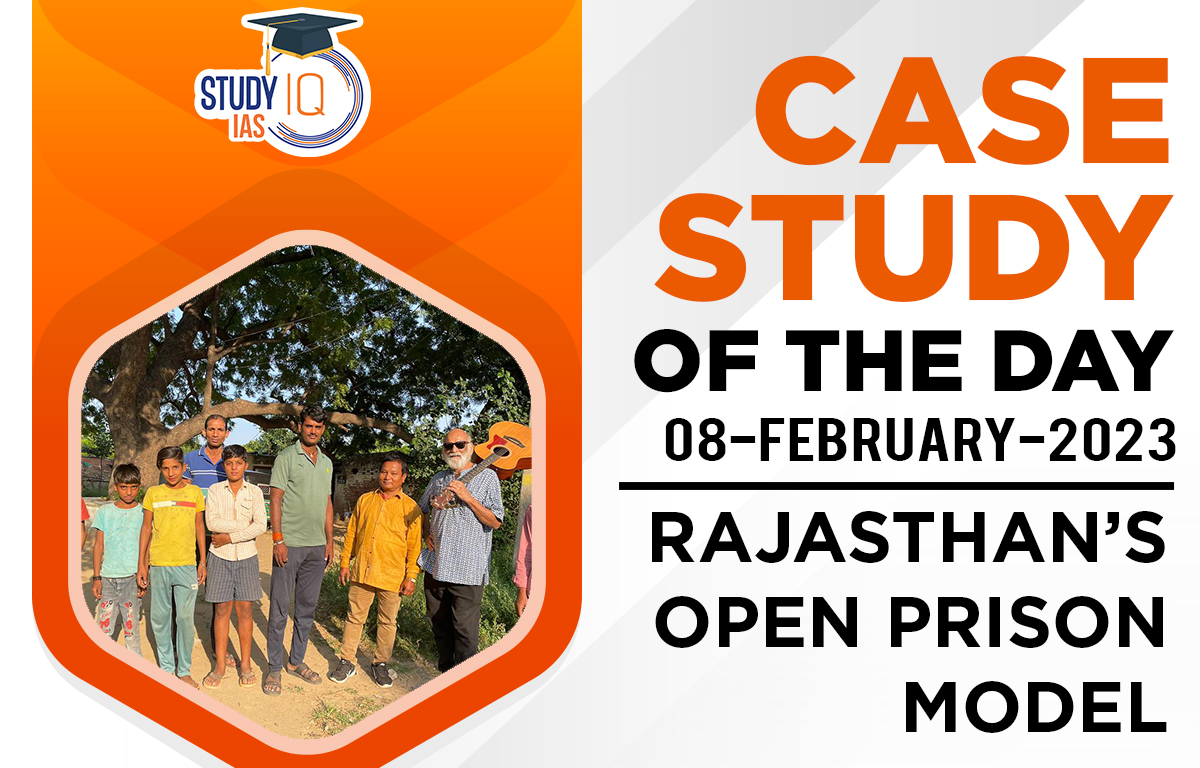Table of Contents
Rajasthan’s Open Prison Model Background
- Rajasthan has adopted an open prison model, with convicts staying on community land without high walls or strict surveillance, which has promoted a reformative form of punishment and succeeded in transforming the lives of inmates.

About the Open Prison Model of Rajasthan
- According to the Rajasthan Prisoners’ Open Air Camp Rules of 1972, Prisoners who have served one-third of their sentences are eligible to shift to open jails.
- Inmates of central and district jails with a track record of good conduct are regularly identified to make the move to the open prisons, where they are allowed to live with family members and earn their livelihoods.
- In these prisons, Prisoners are free to go out of the camp and move freely in the nearby town in the daytime and return by evening.
- Guests visit them regularly and some prisoners even get parole to attend family functions or weddings at their native places.
- Advantages/Impacts of Open prisons
- The trust-based concept has succeeded by facilitating the integration of prisoners into society by ensuring their stay in a functional social environment.
- Further, inmates accompanied by their families and earning their livelihoods through legitimate means have brought confidence among them and made them self-reliant.
- It requires minimum security facilities, and hence 92.4% less staff compared to closed jails and the cost incurred is also lesser.
- In alignment with such an initiative, the Supreme Court in 2018 passed the landmark judgement directing the setting up of an open prison in each district and urged the Centre to take the lead in framing guidelines.
- Thus, it is evident that, while giving liberty and dignity to the prisoners, open prisons have the potential to eradicate retributive forms of punishment. Hence, the need to push the Humanitarian idea for framing Guidelines on Open Prisons by the Centre.


 What is Tensor Processing Unit (TPU)?
What is Tensor Processing Unit (TPU)?
 SSC CGL Syllabus 2025 for Tier 1 and Tie...
SSC CGL Syllabus 2025 for Tier 1 and Tie...
 Justice BR Gavai will take oath as 52nd ...
Justice BR Gavai will take oath as 52nd ...





















